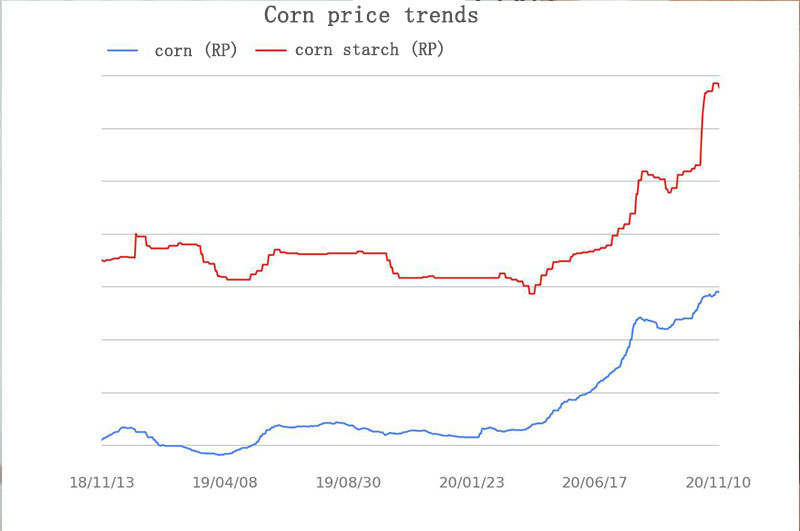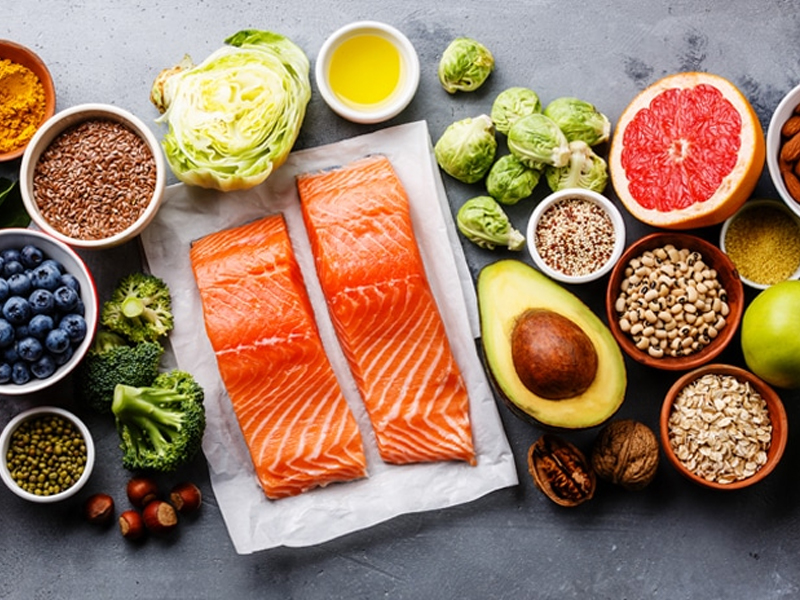In recent years, organic food products have gained popularity among health-conscious consumers. One ingredient that has attracted attention is organic maltodextrin, a commonly used food additive. This article aims to analyze the safety concerns and potential side effects of organic maltodextrin, as well as its effects on human health and the environment.
Understanding Organic Maltodextrin
Organic maltodextrin is derived from starch and is typically produced from organic corn, rice, or potato starch. It is a white powder that serves as a food additive, functioning as a thickener, stabilizer, or bulking agent in various processed foods. Organic maltodextrin is created through a hydrolysis process that breaks down the starch into shorter chains of glucose molecules.
Safety Concerns and Side Effects
Organic maltodextrin is considered safe for consumption by regulatory authorities, including the United States Food and Drug Administration (FDA) and the European Food Safety Authority (EFSA). However, individuals with specific health conditions, such as diabetes, should exercise caution as maltodextrin can affect blood sugar levels. Additionally, individuals with allergies or sensitivities to corn, rice, or potato should be aware that organic maltodextrin is derived from these sources.
While organic maltodextrin itself is not associated with major side effects, some concerns have been raised regarding the processing methods used to produce it. The hydrolysis process involves the use of enzymes and acids, which may prompt worries about the presence of chemical residues. However, rigorous testing and quality control measures are typically in place to ensure the safety and purity of the final product.
Effects on Human Health
Organic maltodextrin is a carbohydrate that provides a quick source of energy due to its easily digestible glucose molecules. It is often used by athletes and fitness enthusiasts as a supplement to replenish glycogen stores and enhance exercise performance. However, excessive consumption can lead to weight gain and an increased risk of dental cavities, similar to other high-carbohydrate foods.
It is important to note that organic maltodextrin is considered a processed food ingredient, and excessive reliance on processed foods, even those containing organic ingredients, is generally discouraged in favor of a balanced, whole-food diet.
Environmental Impact
The production of organic maltodextrin, like many agricultural processes, can have both positive and negative environmental impacts. Organic farming practices, which prohibit the use of synthetic pesticides and fertilizers, contribute to soil health, biodiversity, and the overall sustainability of the farming system.
However, organic maltodextrin production relies heavily on the cultivation of organic corn, rice, or potato crops, which requires significant land use and water resources. Clearing land for crop cultivation can lead to deforestation and habitat loss, while water-intensive cultivation can strain local water supplies. Additionally, transportation and energy requirements for processing and distribution contribute to the carbon footprint of organic maltodextrin.
Conclusion
Organic maltodextrin, when consumed in moderation, is generally considered safe for human consumption. However, individuals with specific health conditions or allergies should exercise caution. As with any processed food, it is advisable to consume organic maltodextrin as part of a balanced diet, emphasizing whole foods.
The environmental impact of organic maltodextrin is intertwined with the broader agricultural practices involved in its production. While organic farming principles are generally more sustainable, the intensive land and water use associated with growing crops for maltodextrin production can pose challenges.
As consumer awareness grows, it is essential for producers and regulators to continue striving for sustainable practices throughout the supply chain, including responsible sourcing, efficient processing methods, and minimizing environmental impacts.

